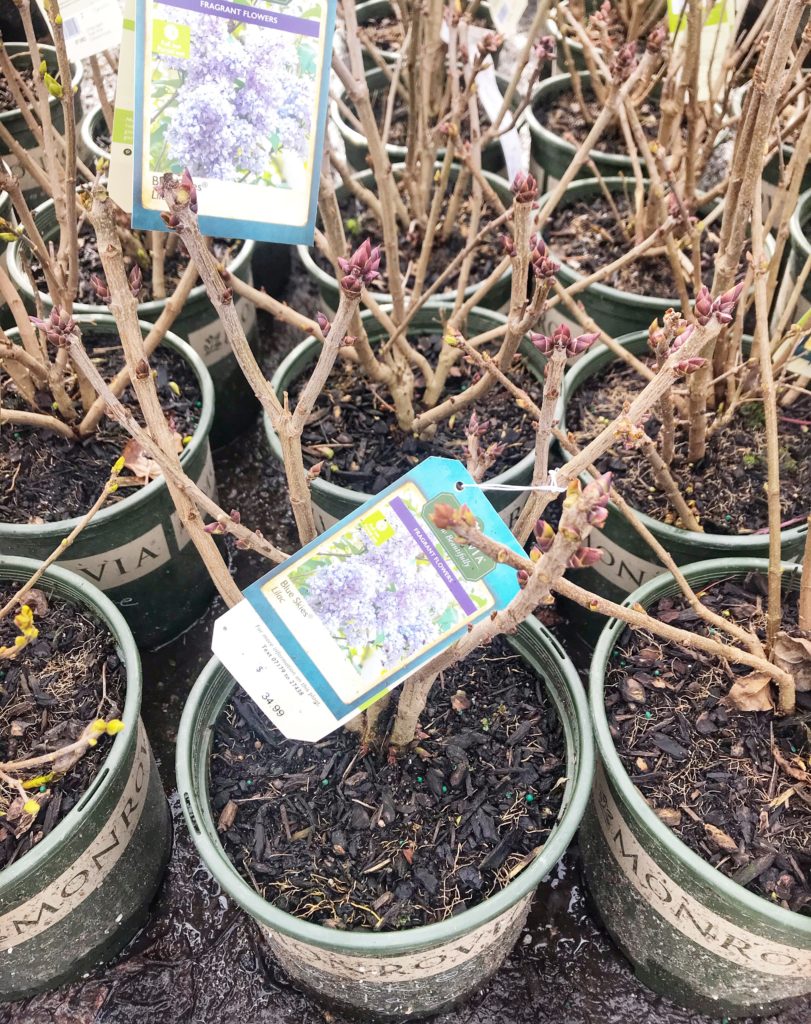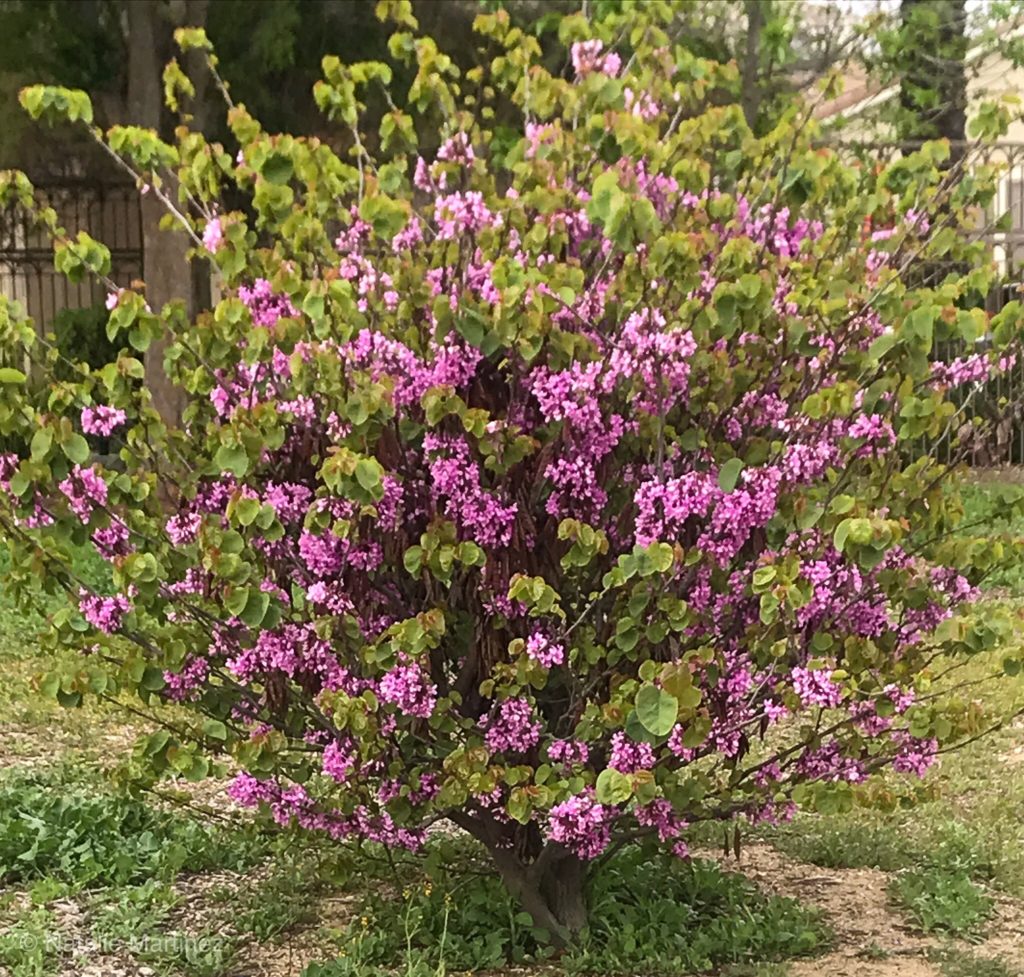Why Your Lilac Bush Isn’t Blooming and What You Can Do About It
When lilac bushes bloom in the springtime, their flower clusters are incomparable.
The fragrance, color, and shape of lilacs are what make them so popular and beloved around the world.
But what if your lilac bush goes the entire year without blooming, or what if it hasn’t bloomed in several years? What could be the problem, and what can you do to fix it?
These are some of the most commonly asked questions I hear from lilac growers.
Luckily, with a few tips, your lilac bush has a great chance of blooming again. After all, it’s a resilient plant that can live up to a century in the same spot.
There are several reasons your lilac bushes and shrubs may have stopped producing blooms, so the first thing you need to do is get to the root of the problem.
Always remember: while the lilac bush is indeed a low-maintenance perennial that doesn’t require a lot of attention, it does need the right environment to thrive, or it won’t be able to produce the blooms it’s famous for.
Let’s talk about what those things are and what you might be missing in your lilac care routine!
(This post may contain affiliate links).
1. You Purchased a Lilac Variety that Does Not Grow Well in Your Zone
First thing’s first, you need to choose your lilac variety very carefully.
Lilacs thrive in areas with cold winters, so if you live in a zone that experiences warm winters, you need to choose a low-chill lilac variety that’s been developed for that kind of climate.
If you live in Zone 8 or 9, you can still grow lilac bushes successfully, but you’ll have better luck planting a variety such as Lavender Lady, Royalty Lilac, Yankee Doodle Lilac, or California Lilac.
To browse different lilac varieties, take a look at Nature Hill Nursery’s selection.
They are the largest online plant nursery and they’re available via online Chat so you can ask them any questions you have before making your purchase.
2. Your Lilac Bush is Still Too Young to Produce Blooms
If you planted a lilac bare-root, then you’ll need to be patient!
Lilac bushes take about 4 to 5 years to start blooming because that’s how long it takes for this shrub to mature and gain the strength it needs to produce blossoms.
After planting a lilac bare-root, you’ll start to see blooms in a few years.
If you can’t wait 4- 5 years, (Who can blame you!?!) you can purchase lilac bushes in containers that are a few years old and have already formed new shoots.
These small lilac bushes have a good chance of blooming the year you buy them, and you can purchase them online through Nature Hills Nursery.
3. Your Lilac Bush isn’t Getting the Full Sun it Needs
Point blank: if your lilac bush doesn’t get 6 hours of full sun each day, it will not bloom as you’ve hoped.
Lilac shrubs need energy from the sun in order to grow shoots and produce buds that turn into flower clusters. Without this new growth, you won’t see any blooms that Spring.
If your lilac bush is getting too much shade, try digging it up, making sure to get as much of the root system as you can.
Then, replant it in an area of your yard that gets direct sunlight during the morning and afternoon.
For more information about how to plant lilac bushes, head to this post.
4. Your Lilac Bush is being over-watered and the area around it is not well-drained
If you didn’t make sure to plant your lilac bush in an area that doesn’t collect water, this is something you want to rectify as soon as possible.
Lilacs can grow successfully without too much fuss in the way of fertilizer and feeding, but they cannot survive in swampy, overly-moist soil.
If planted in soil that is not well-drained, the roots of your lilac bush will eventually rot and you’ll be left with dead twigs that don’t produce blooms.
If you scratch at the stems of your shrub and it feels mushy, your lilac is rotting.
5. You are pruning your Lilac Bush incorrectly and at the wrong time
Learning how to prune your lilac bush is crucial if you want to see beautiful blooms in the spring.
When blooms have dried up for the year (usually late spring, early summer), it’s time to take out your pruning shears and get rid of old wood.
Since next year’s blooms begin to form on this year’s new wood as soon as blooms are spent, you’ll need to be very careful how you prune.
Don’t cut off any new wood when pruning. For an in-depth post about how to prune lilac bushes, head to this post.
6. Your Lilac Bush is overgrown and needs to be re-energized
Lilac bushes need new wood and shoots in order to produce flower clusters.
If you haven’t pruned your lilac bush in years, your lilac is likely full of old wood and may also be suffering from poor air circulation.
To reinvigorate your old lilac bush, you’ll need to do some heavy pruning.
You’ll want to prune off about ⅓ of old wood and shoots every year, which will leave you with an entirely new bush in about 3 years.
For more information on how to do this properly, head to me how to prune lilac bushes post.
8. You added nitrogen-high fertilizer to the soil
Lilac Bushes can grow and bloom without fertilizer, so forgoing it might be your best option.
If you did add fertilizer to your plant, you may have placed the wrong kind of fertilizer into the planting hole or topsoil, which prohibited blooms.
Why is that? Some fertilizers that are used in gardens simply contain too much nitrogen, and nitrogen is notorious for prohibiting the production of blooms.
If you do use fertilizer, make sure it has higher levels of phosphate.
- Root Restriction
The lilac bush is a shrub that enjoys ample room so it can spread its roots.
Inhibiting the roots can put stress on the plant and prohibit it from soaking up the energy it needs to grow and produce buds.
This is why it’s important to plant your lilac bush in an area of your yard that can accommodate it as it grows.
Make sure to space out your lilac bushes at least 5 feet from other bushes and trees so that their roots don’t intertwine.
If you planted a dwarf lilac bush in a container, you may have chosen too small of a container.
To check on your roots, simply lift the lilac out of the container from the main stem.
Do the roots look too compact? It may be time to move your bush to a larger container.
For more information on how to plant lilac bushes, this post will teach what you need to know.



3 Comments
Comments are closed.